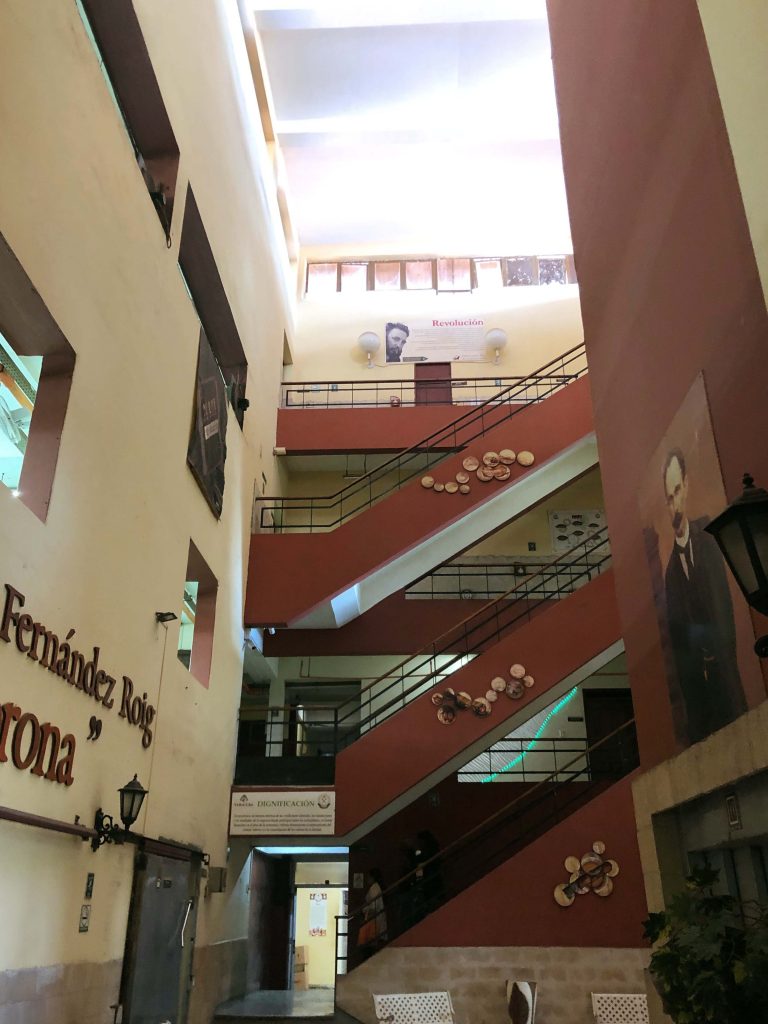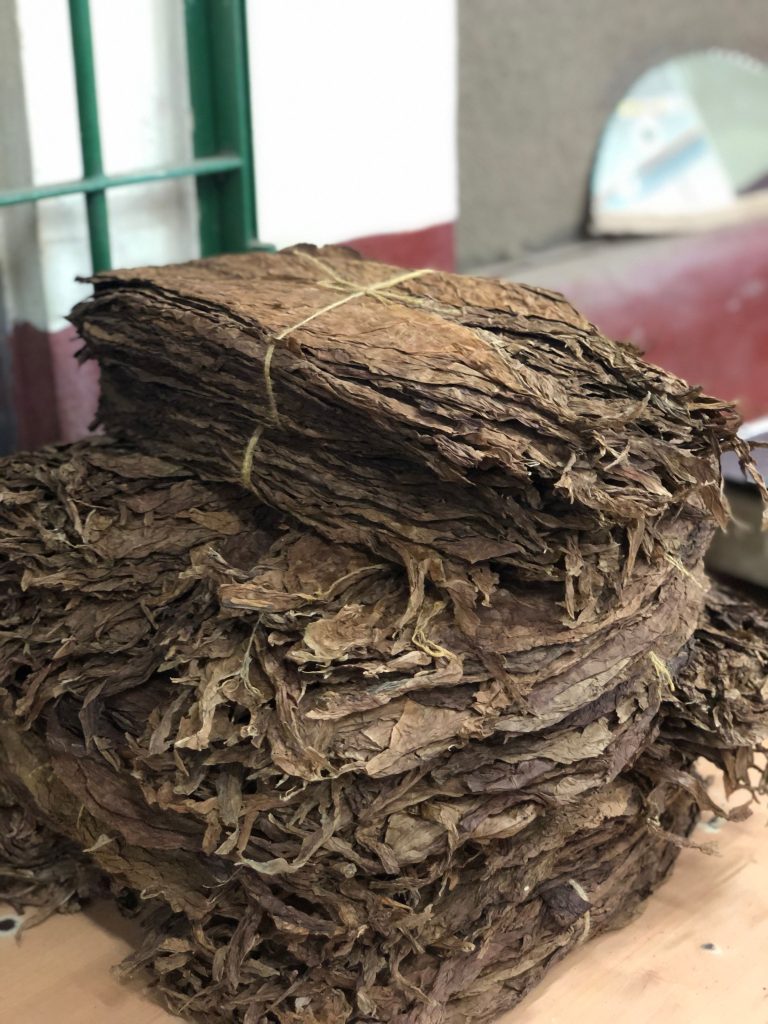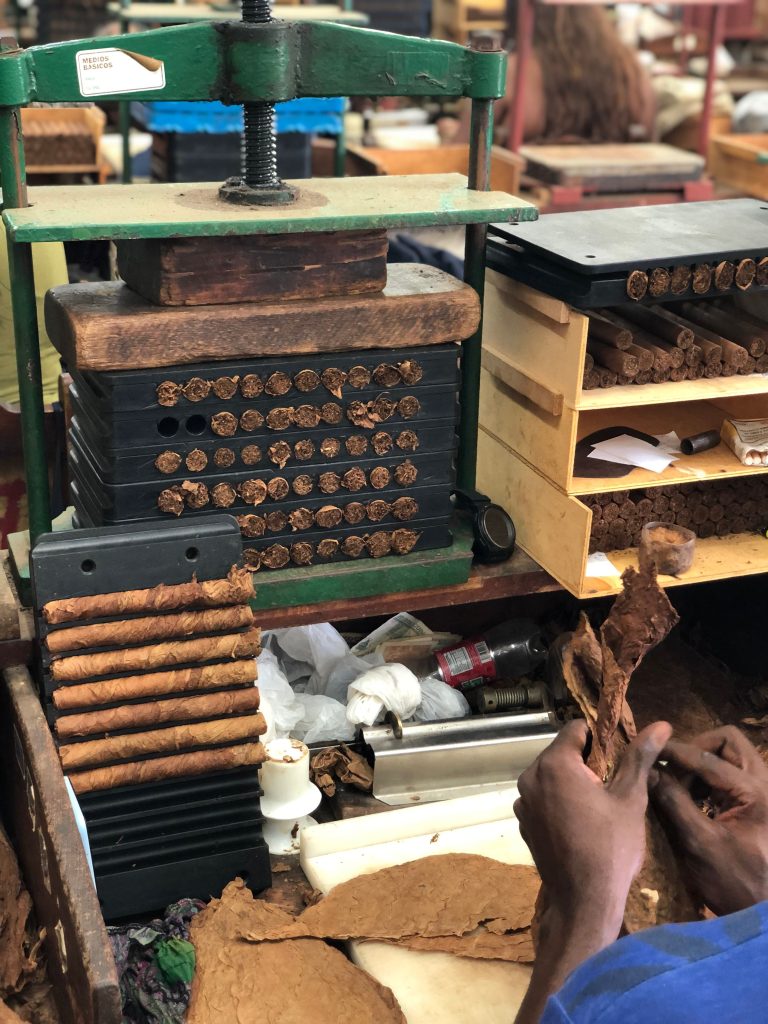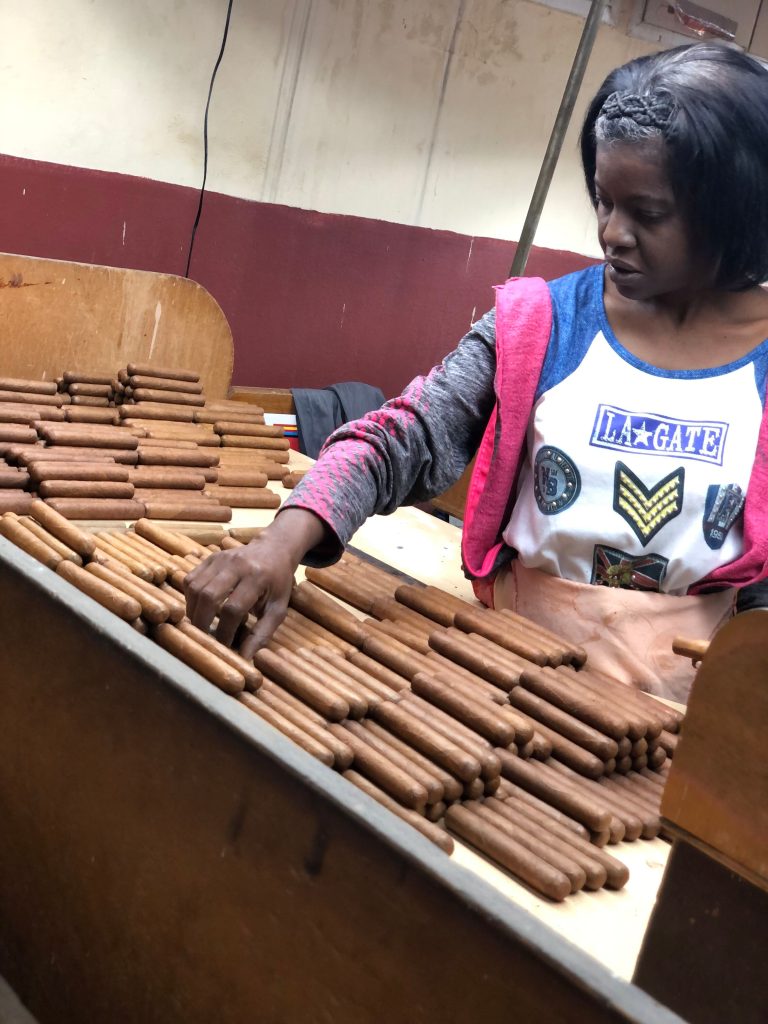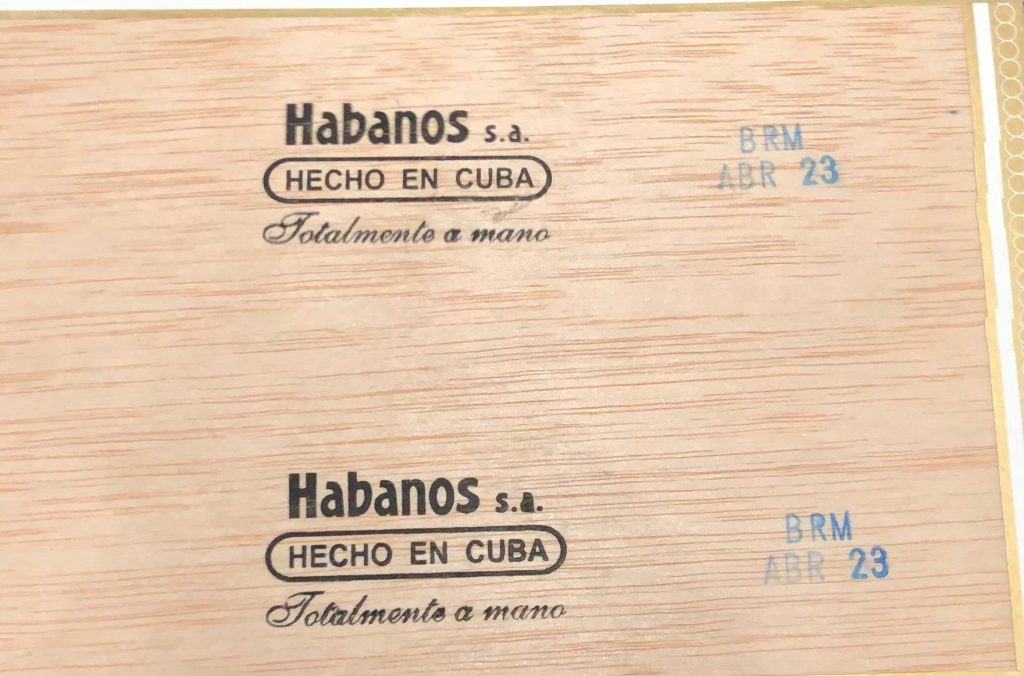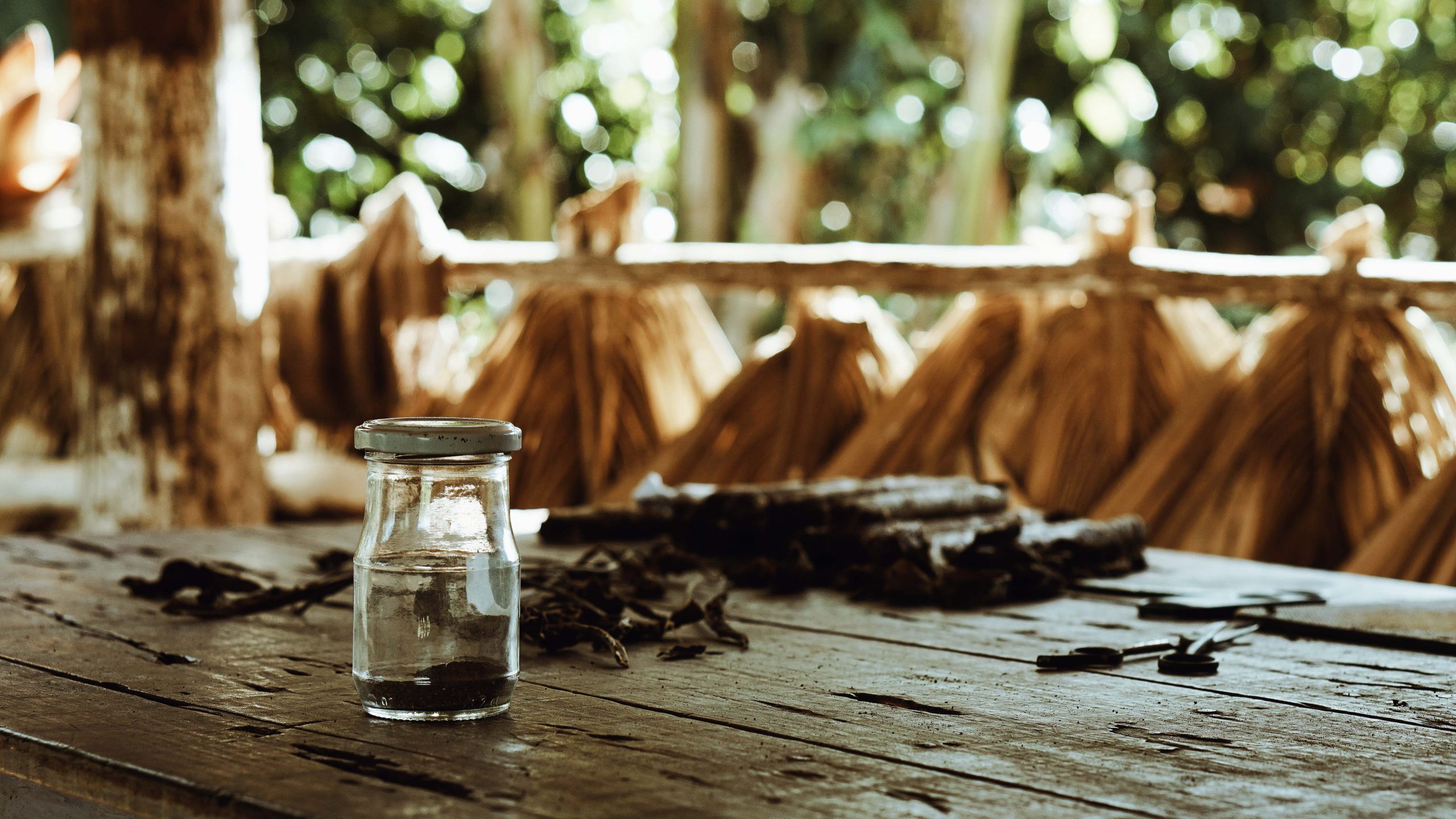Imagine, a place where all your favourite Cuban cigars are made by expert rollers. The birthplace of brands like Romeo y Julieta, Montecristo, Cuaba, Diplomáticos, Hoyo de Monterrey, and so many more. In this article, I will take you with me to explore the La Corona Factory in Cuba.
La Corona:
The 4-story high building is situated in Havana, Cuba. Founded in 1916, this building looks like every other building you can find in Havana. From the outside, it looks like a regular, colourful (yellow) building, but on the inside, you find more than 600 skilled employees, the secret blends of our favourite Cuban cigars, and stockpiles of the finest tobacco from Cuba.
I had the chance to visit this impressive factory when I was getting my Habanos certificate, and for me, it was one of the best things I’ve seen on my trip. Like I said, the building has 4 floors, each floor is occupied for specific purposes, and of course, the higher you go, the more valuable the merchandise gets. That being said, let’s explore the different floors and the activities we find here.
First Floor:
On the first floor, we find the “Liga” or, better said, the Blending Room. In this room, the leaves are sorted and bundled into packages that will go to the blender. Thanks to these bundles, the blender is sure he receives the right leaves to make the blend for the cigar that he is producing that day/week. Inside this area, we also find the big bundles that arrive from the farms. The bundles that arrive from the farm are big bags filled with tobacco. On each bag, you can find an information tag so that the personnel in the “Liga” knows for sure which tobacco it is. On the information label, we can find the date the bag was sealed, the farm it came from, the specific part of the field, etc.
The other department that is housed on the first floor is the “Despalillado” or the stripping room. In this part of the factory, only women are employed because women can see more colours than men. Here they will strip the wrapper leaves of their primary vein, and the leaves are categorised by colour and origin. The sorting of the leaves is very important so that in a later stage of the process (packing the boxes), the cigars look alike colour-wise.
Second Floor:
This is where the magic happens. Imagine, a complete floor filled with trained cigar rollers. As far as you can see, cigars are rolled at a fast pace and placed in moulds. An absolute unbelievable sighting, the system works as followed: When the blends are put together on the first floor, the bundles depart onwards to the second floor. So, let’s say that table 1 to 10 are making Montecristo No.4, table 11 to 20 an H. Upmann Magnum 54, and so on and so forth. The first floor knows the quantity of blend packages that needs to move up the chain, and they prepare them and send them to the right table. Cigar rollers make cigars according to the acquired category level that they have. You have 9 categories of rollers. The higher the category, the more difficult the vitola will be. The most difficult vitolas to make are salomones and lacer, but even a number 2 vitola requires great skill because the minimum level to roll no. 2 vitolas is a category 7.
The rollers can choose (depending on demand and within his category) which vitola he will make for the day/week. To entertain the staff, the company provides their employees with pleasant salsa music that plays through the speakers, and a few times a day, a lector will start reading out the newspaper or a story. The more cigars the rollers make, the more they get paid, so they work at an incredible speed. As an extra, each roller may take 5 cigars home with him a week. Once the roller has made enough cigars, he places them onto a tray that will head off to the control room also found on this floor. In this room, a few draw machines are present, and the personnel checks the cigars for good draw. An ideal level inside the draw machine is between 40 and 80 percent.
Once the cigars pass the draw test, they put them back in the tray and send them off to the quality control or, in Spanish, known as Control de Calidad. For me, this room was the equivalent of heaven. Stacked trays completely filled with any Cuban cigar you want from floor to ceiling, ready to be smoked. Highly alert personnel fulfill this job of quality inspector. Each cigar has been taken out by hand and controlled for any imperfections. They check the cigar for caps and cracks; but also check them on colour and texture. Once the cigar passes the quality control, they move up a floor.
Third Floor:
I thought I had just been to heaven, but the best part was waiting for me on the third level. We walked into the Escogida De Colores or Colour grading room. This was another part of the factory where only women are allowed to work, thanks to their enhanced colour spectrum. The room is filled with big tables where they spread out the cigars and order them according to colour. Next time when you crack a box, pay some attention to how the cigars are arranged in the box. Let’s say that we open up a box of Montecristo No.2, we have 12 cigars on the bottom, a piece of cedar wood, and 13 on top. The cigars with a slightly darker wrapper will be on the bottom with the darkest one starting on the left, and the cigar with the lightest colour will be positioned in the top right position. The factory has an incredible stock of empty boxes waiting to be filled up by these lovely ladies. So, the women can just order the boxes that they need, and they will be sent down to them. In this phase, the cigar is still “naked”; the bands are put on at a later stage, on the 4th floor. Once the boxes are full, they are all put together on a pallet and moved to the labeling area.
The labeling area is, as you guessed, the area where they put on the correct labels for the cigar. Important here is that the cigars are being placed back in the right colour order so that the box is appealing when opened up. A small team of about 20 people work here. The bands are glued together using the same maple glue used for making cigars. After this stage, the boxes are ready to move up a floor towards the final process.
Fourth Floor:
On the last floor, we find the “Fileteado” or Trimming room. Here the stickers come onto the boxes, and the box stamps are applied at the bottom. Adding the box stamp gives you knowledge about the date the box was made but also where the cigars were made. For example, in the photo you see here, we can see ABR 23, meaning the box was made in April of the year 2023. The code above that is BRM. BRM is the code of the factory. I used a Cuaba box in the picture, so BRM means that the cigar was made at the La Corona factory. If you want to know more about the codes of the factory, I would suggest that you look them up on the official Habanos website because the codes regularly change so that it’s harder to make counterfeits.
After the boxes are stamped and sealed, they are ready to move to the warehouse and then they will be shipped out across the world. Next to the factory, you have the official La Corona shop where you can buy cigars. I managed to buy some boxes of Cuaba Distinguidos and Montecristo Open Master, but like every shop, you must be lucky to find the cigars you want.
End Note:
La Corona offered me a spectacular sight. I liked to see the process that takes place here, and I hope that even more rollers will be trained in the future so that they can scale up production. For the moment, the La Corona factory also works as a buffer for other cigar factories because they have so many rollers, meaning that even Laguito asks for their help if they can’t produce enough cigars. The factory also offers a schooling program to educate the new generation of rollers.
Article by: Lukas Magdeleyns

